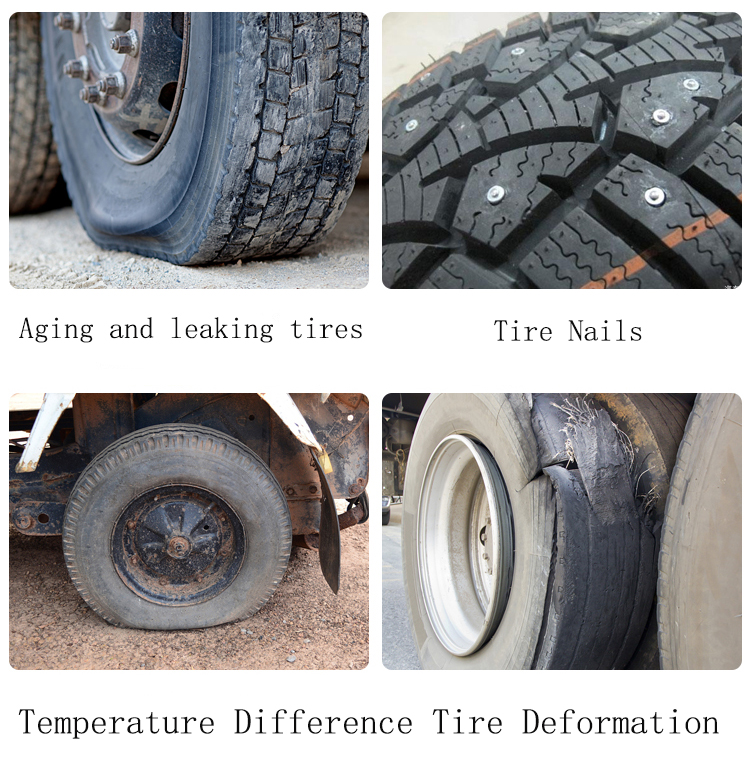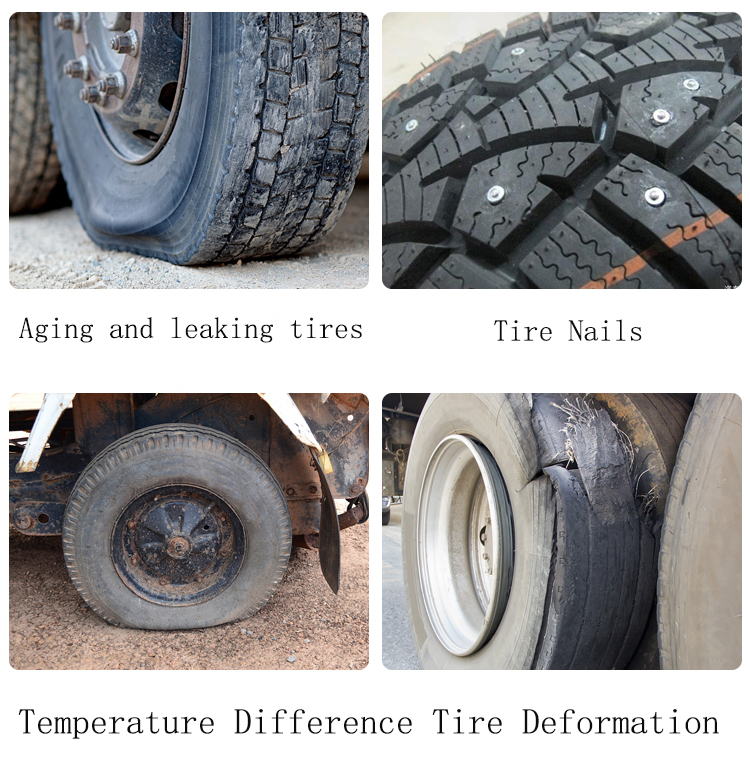News
Site Editor
 Site
/uploads/image/67dce14e4b6cd.png
Nearly every vehicle lists the manufacturer-recommended tire pressures on a sticker affixed to the driver-side door jamb, which is the body pillar the door locks into.
Site
/uploads/image/67dce14e4b6cd.png
Nearly every vehicle lists the manufacturer-recommended tire pressures on a sticker affixed to the driver-side door jamb, which is the body pillar the door locks into.
Finding Your Car’s Recommended Tire Pressure
Views: 1474
Author: Site Editor
Publish Time: 2024-03-14
Origin: Site
It could also be on the rear edge of the door itself, in the glove box or on the inside of the fuel-filler door. You can also find it in the owner’s manual.

Although this may seem like a clear, simple answer, there are a few things to keep in mind:
-
The recommended tire pressure is a cold inflation pressure, which means the pressure check should be done after the vehicle has been sitting in the shade for a while. This can be trickier than you might think. Things that can throw off the reading include the car being in a garage that’s warmer (or colder) than the outside temperature, having the sun hitting one or two of the tires, or having driven on them for more than a couple of miles. (See the section on how temperature affects tire pressures below.)
-
Some vehicles have different recommended inflation pressures for the front and rear tires, and sometimes a higher pressure (usually for the rear) will be listed for if you’re carrying a heavy load.
-
If your car has a spare tire (some newer ones just have a sealing kit and a pump), don’t forget to check the pressure in that, as well, as air can leak out over time. (Note that some are small “doughnut” temporary spares that run much higher pressures than the regular tires.) Unfortunately, this isn’t always easy. Spare tires mounted under the rear of the vehicle are particularly troublesome in this regard, as they may need to be removed to check the pressure.
-
The pressures listed are for the tire size that originally came on the vehicle, which is also listed on the sticker. If different-sized wheels and tires have been installed, the listed pressures won’t necessarily be optimal.
While the sidewall of the tire usually lists a pressure, that’s a maximum safe inflation pressure, not what’s recommended for its use on a particular vehicle.
